Healthy Eating: Indian Recipes, Nutrition Tips & Simple Swaps
When talking about healthy eating, a way of choosing foods that give your body nutrients without excess calories or unhealthy fats. Also known as nutritious diet, it helps you feel energetic, manage weight, and lower disease risk. Healthy eating isn’t a strict regimen; it’s a flexible approach that blends traditional flavors with modern nutrition.
Key Indian staples that support a balanced diet
One cornerstone of dal, lentil‑based dishes packed with plant protein, fiber, and micronutrients is its ability to supply protein without heavy animal fats. Different varieties—masoor, moong, toor—bring varying protein levels; for example, moong dal delivers about 24 g of protein per cup cooked. Pairing dal with whole‑grain roti creates a complete amino‑acid profile, turning a simple meal into a nutritional powerhouse.
Speaking of roti, a thin, unleavened flatbread made from whole‑wheat flour, its light texture makes it ideal for calorie‑conscious diners. Adding a touch of oil at the right stage—just before shaping the dough—keeps the bread soft and reduces the need for excessive butter later. This small tweak aligns with the principle that healthy eating requires smart ingredient timing.
Another frequent side, chutney, a condiment made from fruits, herbs, or spices that can boost flavor without extra salt, also fits the balanced‑meal model. Fresh cilantro‑lime chutney adds vitamin C, while a roasted‑pepper version supplies antioxidants. Learning how long chutney lasts—about a week in the fridge—helps you avoid waste, a subtle yet important part of mindful eating.
Even celebrated dishes like biryani, a layered rice and meat or vegetable dish flavored with spices can be adapted for health goals. Adding a squeeze of lemon not only brightens flavor but also keeps the rice fluffy by balancing ghee’s richness. Swapping white basmati for brown rice introduces extra fiber, showing how healthy eating can coexist with indulgent flavors.
Beyond individual foods, the way you prepare them matters. Soaking dal for at least 30 minutes reduces cooking time and breaks down antinutrients, making digestion easier and nutrient absorption better. Skipping this step can lead to longer cooking and tougher beans, which may cause bloating—a small habit change with big payoff for gut health.
Finally, portion control and variety complete the picture. Pairing a protein‑rich dal with a fiber‑dense roti, a fresh chutney, and a modest serving of biryani ensures you hit multiple food groups without overloading calories. This holistic view reflects the semantic link: healthy eating encompasses nutrient‑dense staples, requires mindful preparation, and is enhanced by thoughtful portioning.
Below you’ll find a curated collection of articles that dive deeper into each of these topics—dal nutrition facts, roti puffing tricks, chutney storage tips, biryani flavor hacks, and more. Whether you’re a beginner looking for simple swaps or a seasoned cook fine‑tuning your meals, these posts give you practical guidance to make your Indian kitchen both tasty and wholesome.
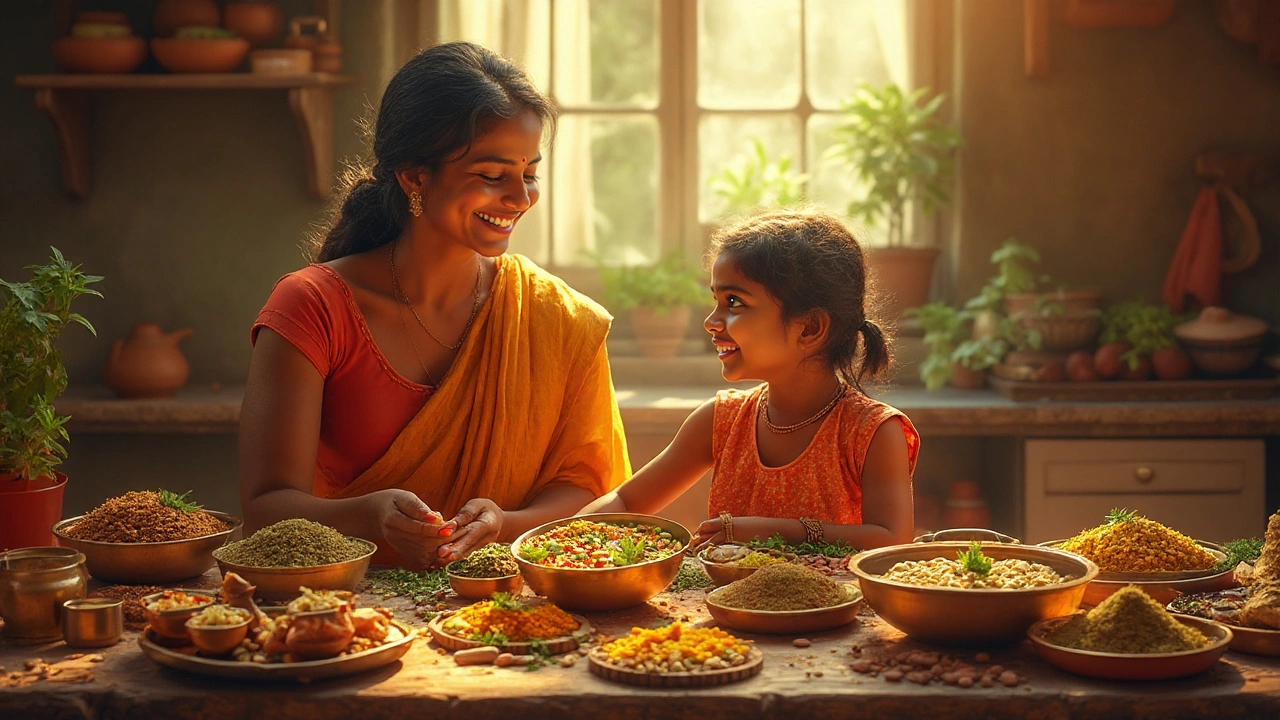
Dal Nutrition Facts: Is It More Protein or Carbs? Get the Real Scoop
Wondering if dal is a carb or protein? Break down exactly what’s in dal, which type has the most protein, and practical ways to use dal for balanced, healthy meals.

how many calories are in an apple?
Apples are a popular fruit known for their nutritional benefits, but how many calories does an apple actually contain? This article explores the calorie content in apples, offering insights into their nutritional value and providing tips for incorporating them into a healthy diet. From different varieties to their effect on weight management, discover why apples are a smart choice for healthy living.
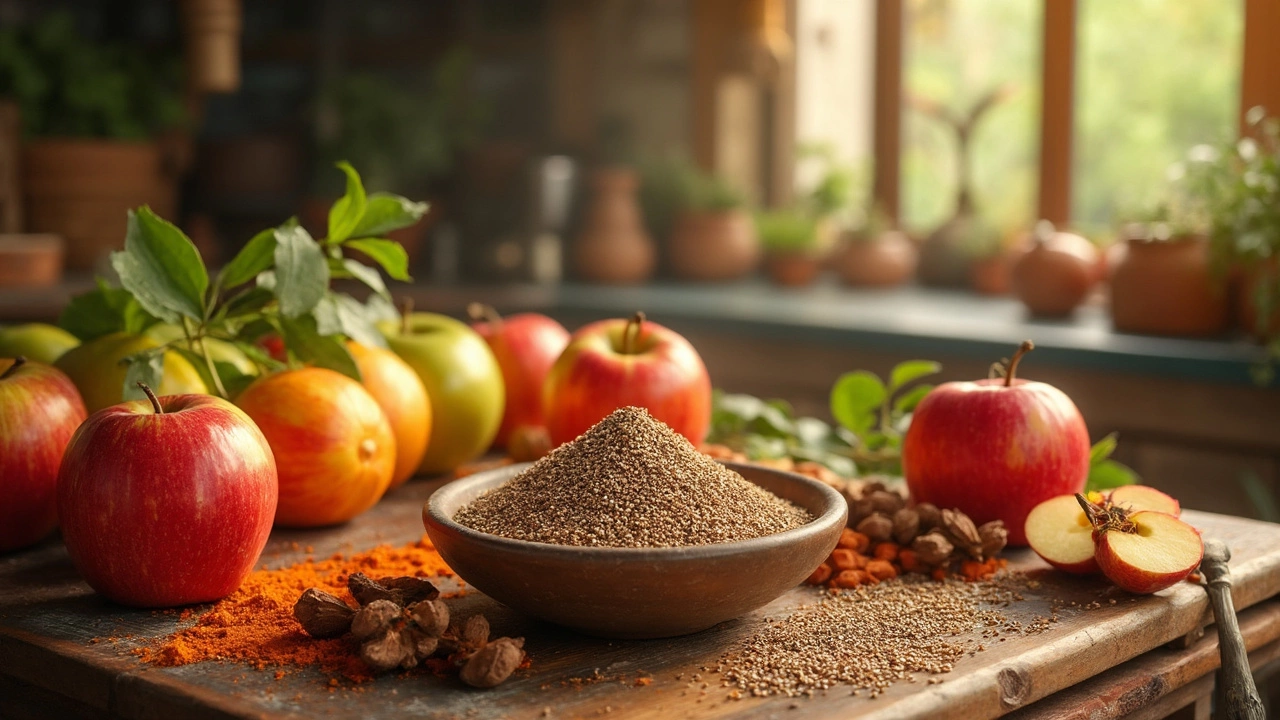
Why Well Health Organic is the Future of Healthy Eating
Discover why Well Health Organic is shaping the future of healthy eating with innovative approaches and organic foods. Learn how it addresses common dietary concerns with practical solutions like chia seeds and understanding calories in fruits like apples. This guide provides step-by-step advice for improving your diet and embracing organic living. Explore Well Health Organic’s impactful role in healthiest lifestyles today.
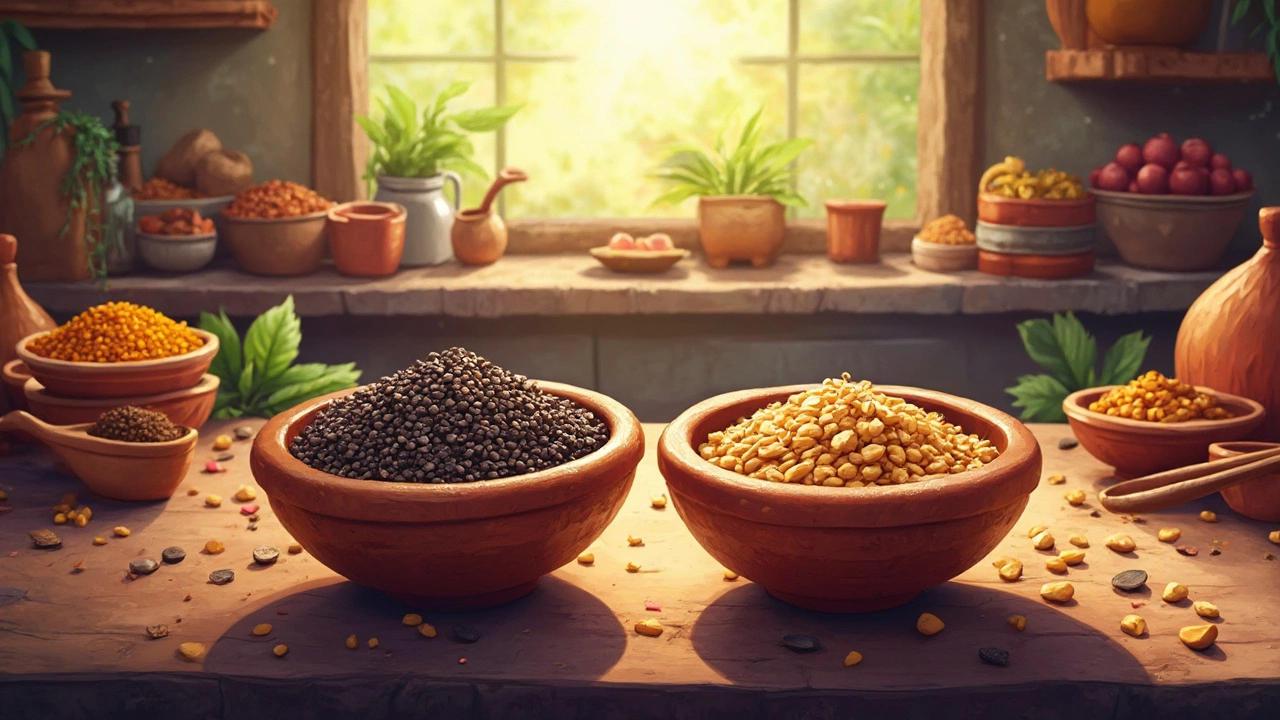
चिया सीड्स बनाम तुलसी के बीज: क्या अंतर है और कौन बेहतर है?
Chia seeds and tulsi seeds are often confused due to their similar appearance, but they have distinct characteristics and benefits. This article compares their nutritional profiles, health benefits, and uses. Discover how these tiny seeds can enhance your diet, helping you make informed decisions for a healthier lifestyle. Also, learn some practical tips for incorporating both into your diet.
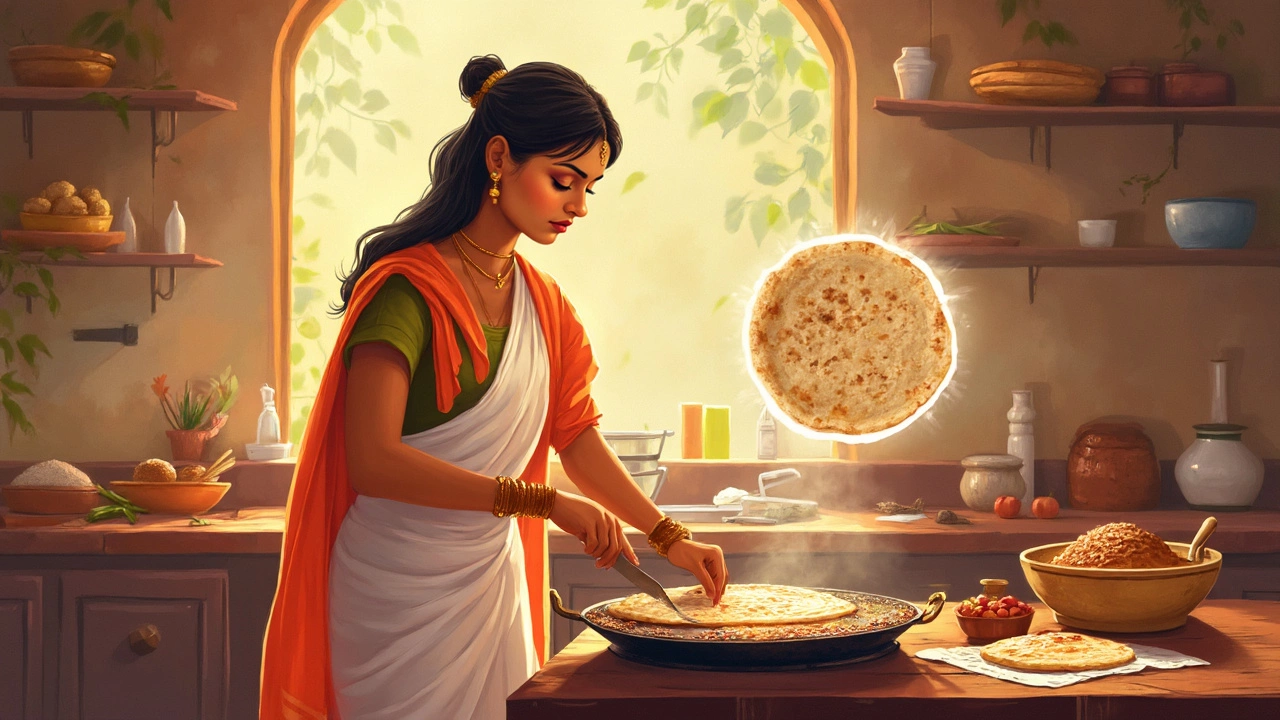
Calculate Your Roti Calories: A Guide to Healthy Eating
Understanding the calorie content in a single roti can help you make informed dietary choices. This guide explores the calories in one roti, how many chapatis you should eat in a day based on your Body Mass Index (BMI), and provides tools like a calorie calculator for healthier eating. We'll also touch on local dietary habits in India, making the information practical and relevant.
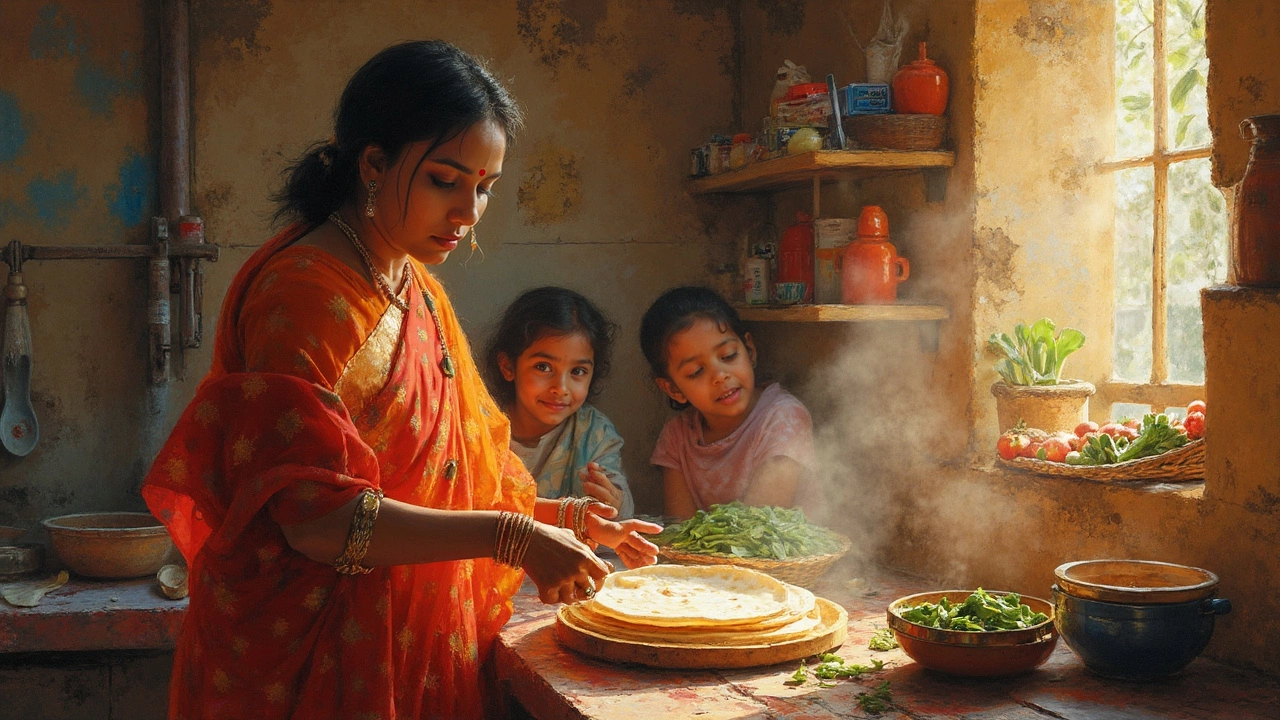
Roti vs. Rice Calories: What's on Your Plate?
Ever wondered whether roti or rice is better for your calorie count? Discover the nutritional profiles of each, the calories in 1 roti, and how additions like ghee and sabzi can change those numbers. This article will guide you with practical tips and insights to make healthier meal choices.

How to Incorporate Roti into a Low-Calorie Diet
Incorporating roti into a low-calorie diet is easier than you think. While traditional roti is already a healthy staple, making slight adjustments can further cut calories without sacrificing taste. This article breaks down the caloric content of roti with various pairings and offers simple ways to enjoy this beloved Indian flatbread while sticking to your nutritional goals.
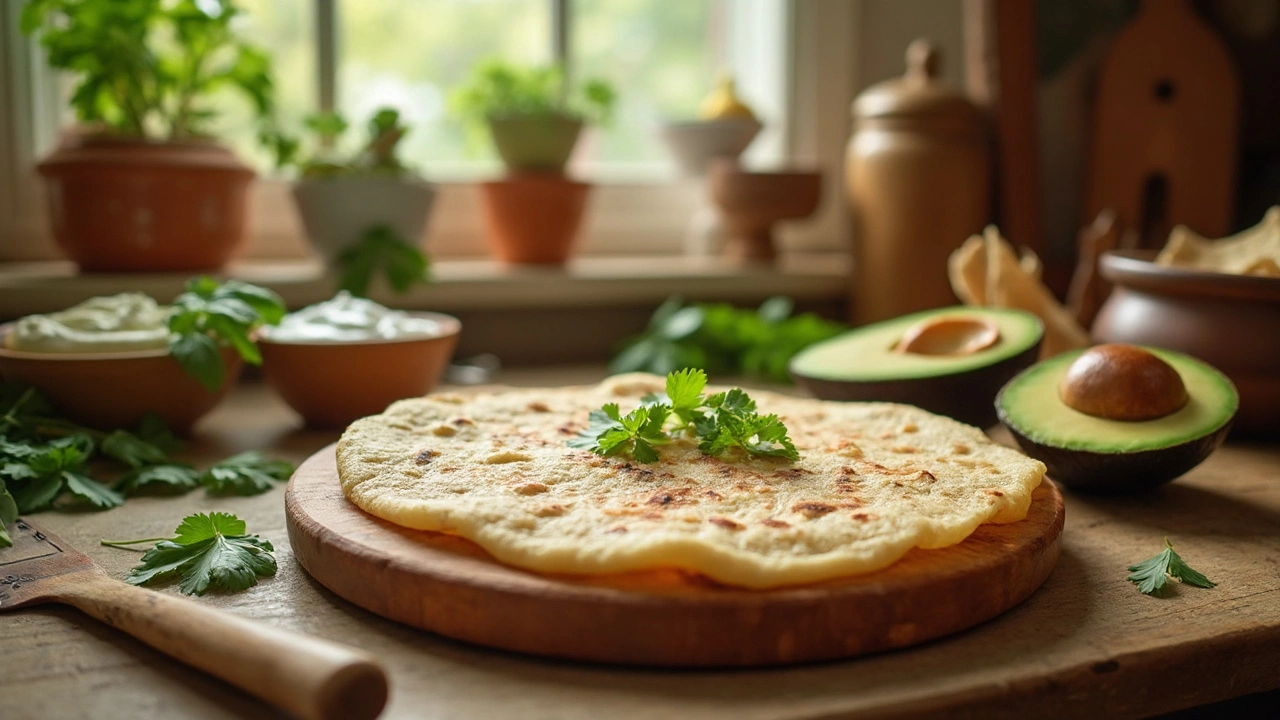
Roti and Weight Loss: Unveiling the Calorie Secrets
Ever wondered if your love for roti could fit into a weight-loss plan? This article delves into the caloric content of rotis under various conditions and offers insights on integrating them into a diet. Learn how different toppings and pairings affect calorie counts and get tips on healthy eating. Whether you're aiming to shed pounds or maintain a balanced diet, discover practical advice and nutritional facts about roti.
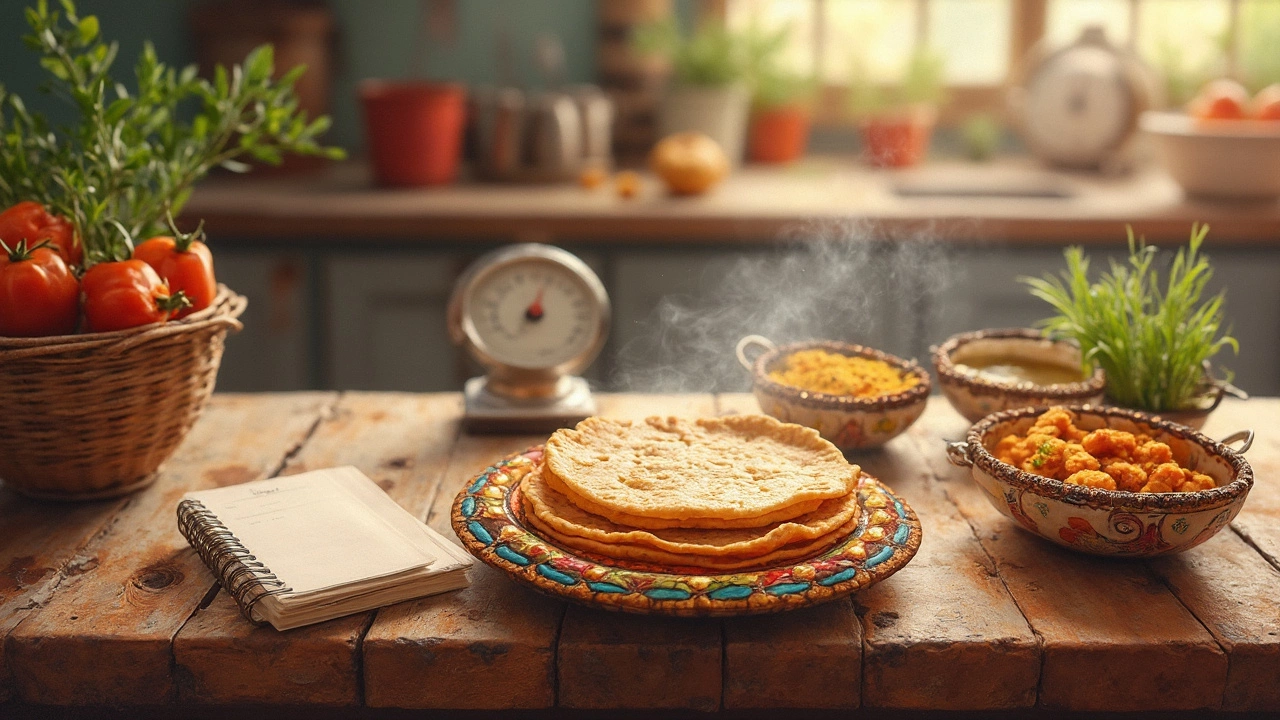
How Much Calories in 1 Roti? Fit It Into Your Diet Smartly
Counting calories but can't give up on rotis? Find out how many calories are in 1 roti, with or without ghee or sabzi, and learn how to integrate them healthily into your diet. Unlock the secrets of balancing taste and health. This guide provides easy, practical tips for those who love their daily rotis but want to maintain a healthy lifestyle.
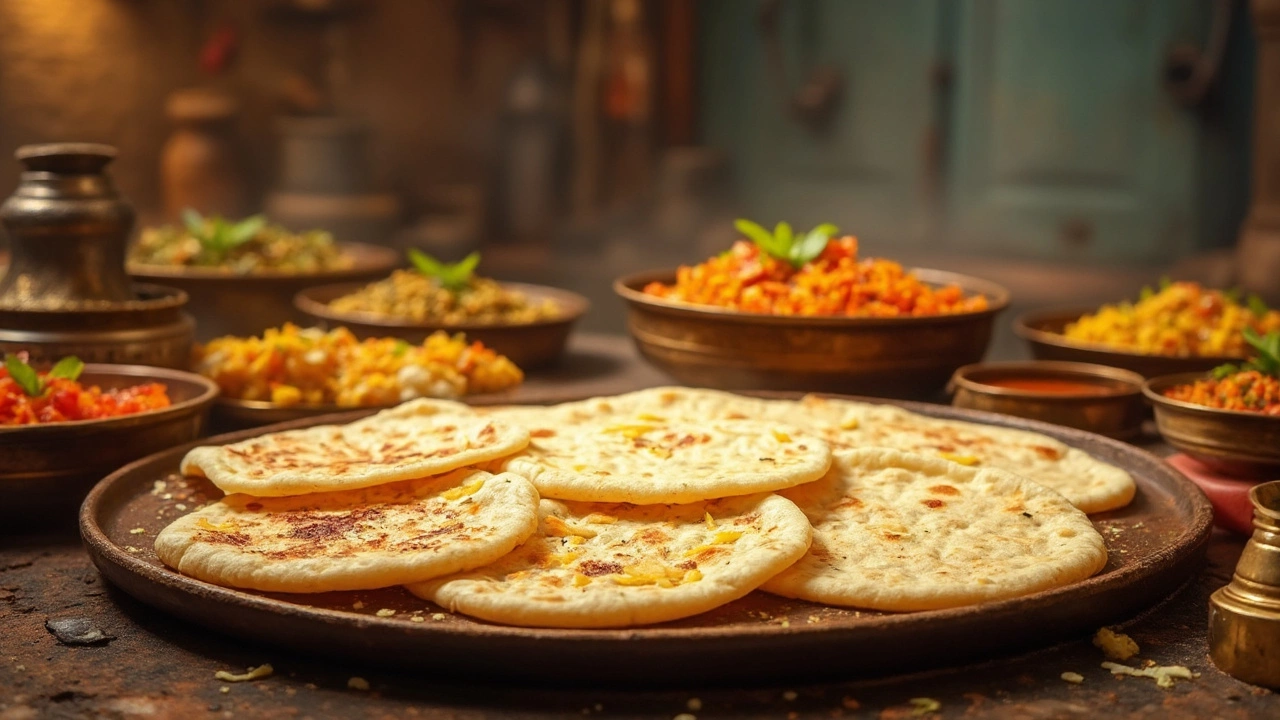
Eat Roti and Stay Fit: Mastering Portion Control to Manage Calories in 1 Roti
Roti, a staple in Indian meals, can be a part of a healthy diet with the right approach to portion control. Understanding how many calories are in 1 roti, including its variations with ghee or along with sabzi, is crucial. This article provides practical tips for managing calorie intake while enjoying your meals. Learn how roti can fit into a balanced diet and find out how portion control can be the key to staying fit.
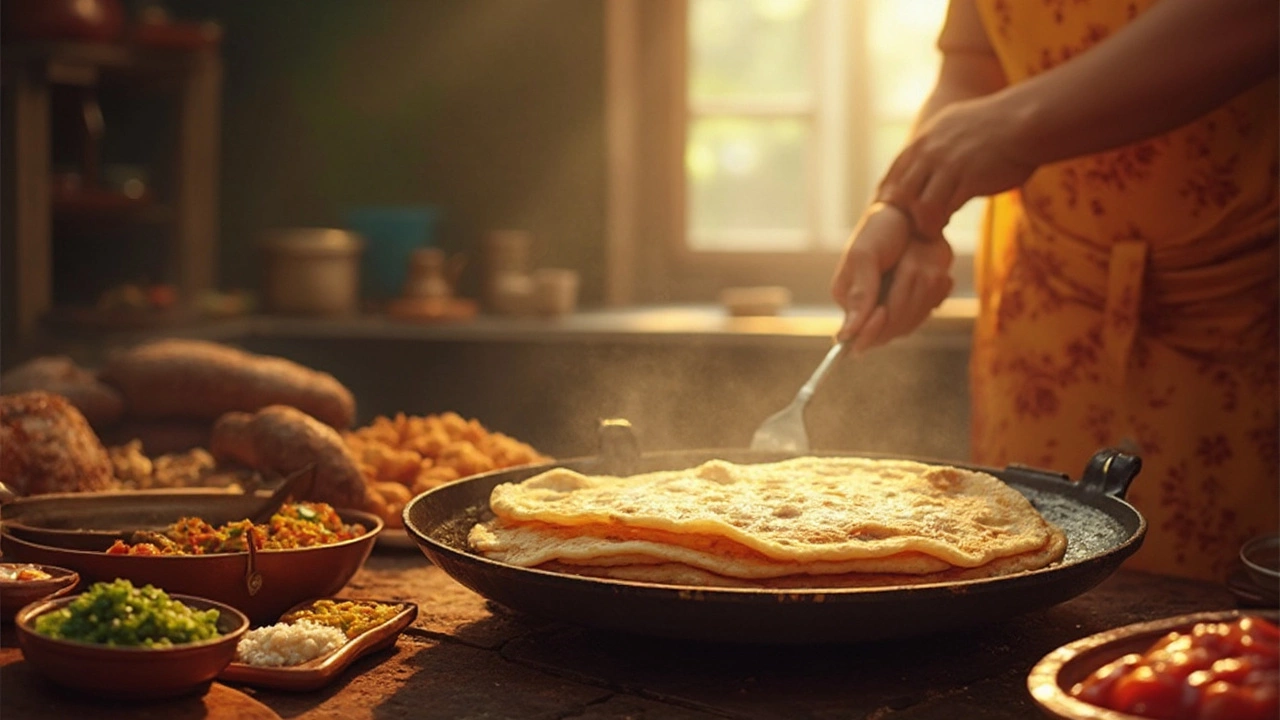
Does Roti Make You Gain Weight? Find Out Here!
Roti is a staple in many diets, sparking debates on its impact on weight. This article explores calorie content in 1 roti, combining it with various accompaniments, and provides practical tips for those monitoring their weight. Discover how to enjoy roti without fear of weight gain, and learn about its nutritional components. Whether you're concerned about calories in 1 roti with ghee or curious about its overall effect on your diet, this article offers helpful insights.
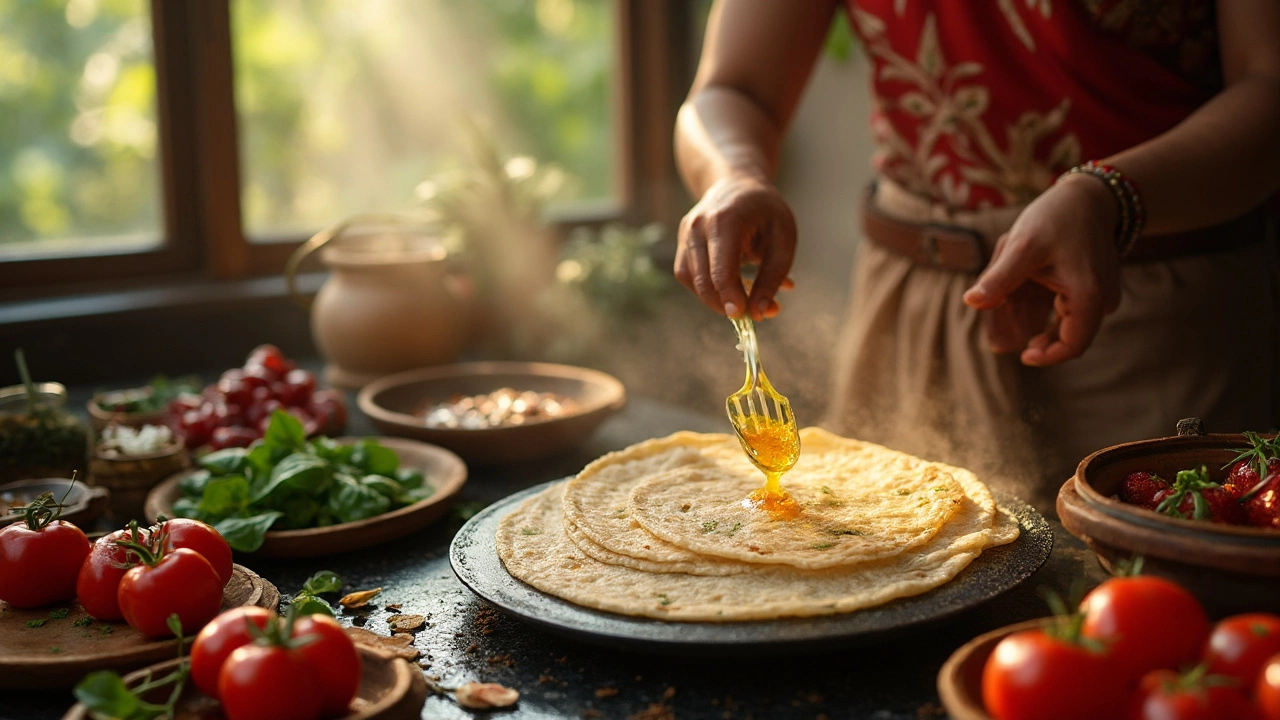
Can You Eat Roti on a Low-Carb Diet?
Exploring whether roti can fit into a low-carb diet, this article examines the calorie content of roti, variations with ghee and sabzi, and offers practical tips for those looking to enjoy roti while watching their carb intake. From understanding the calories in one roti to creative low-carb alternatives, we break down what it takes to include roti in your meals responsibly. Learn how to enjoy this staple without derailing your diet goals.